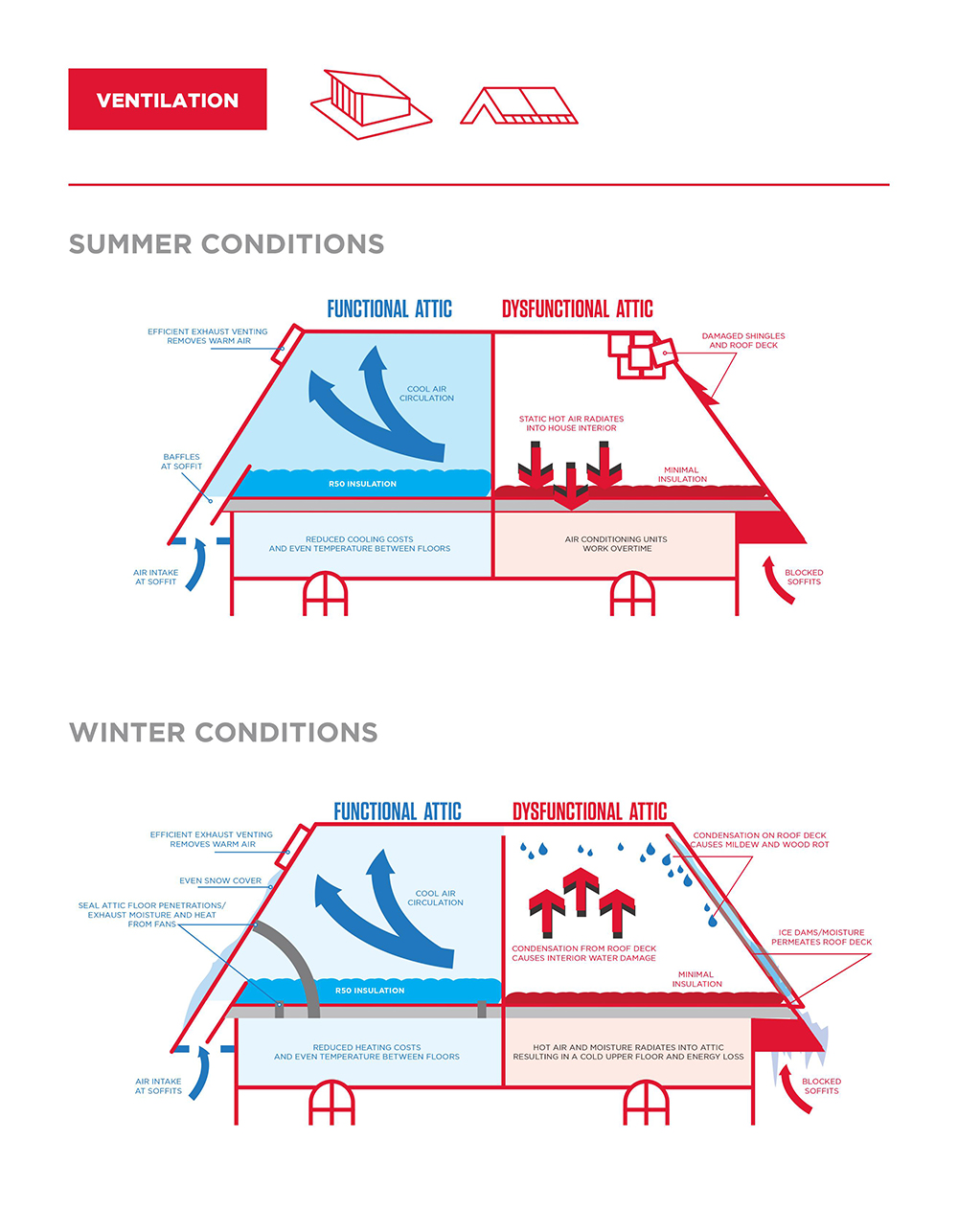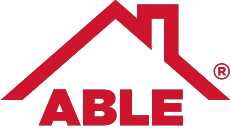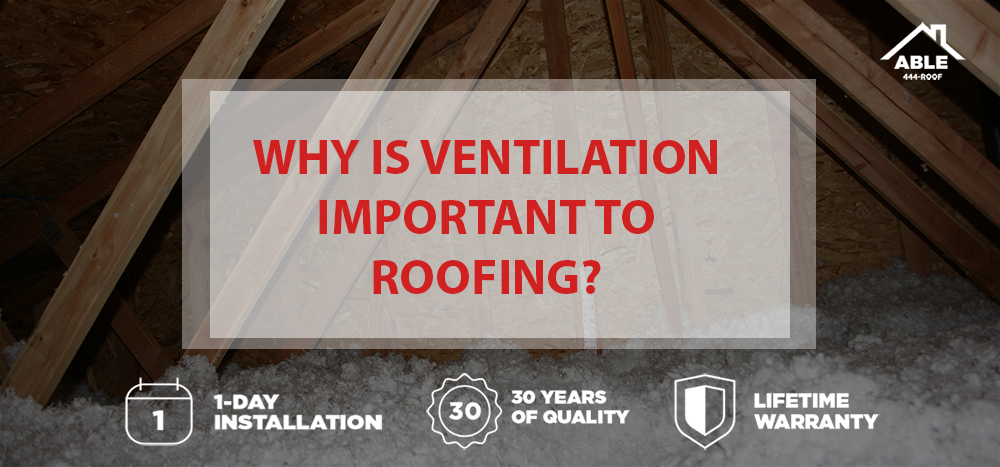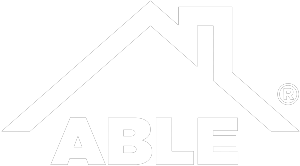If asked, most homeowners would say that the most important goal of a roofing system is to protect from the outdoor elements. While this isn’t wrong, it does leave out a major staple of the roof and attic – ventilation. Attic ventilation came about in the early 20th century, when heating, ventilation, and air conditioning (HVAC) organizations began to recognize the issues that poor roof ventilation caused.
Today, proper ventilation is a critical element of any residential or commercial roof. Learn more to make sure your new roof accomplishes this important job.
Roof Ventilation: The Basics
How does one ventilate a roof? It starts with airflow in the attic. Whenever possible, roofing contractors will use natural airflow to ventilate a roofing system. As hot air rises in your home, it creates higher air pressure in the attic in a process known as the “stack effect.” An inlet in your attic will allow the hot air to escape (exhaust) and cooler, low-pressure air to enter (intake).
Wind blowing against the roof will help continue exhaust and intake, creating a ventilated roof. Contractors may also install a mechanical attic ventilation system that does not need to rely on the stack or wind effects, if you live in a region that’s not very windy.
A contractor will create a custom airflow plan to enable roof ventilation. Each ventilation system is unique to the home, as it requires a consideration of factors such as regional climate and roof design. Contractors will commonly install exhaust vents on the ridge of the roof, beneath the shingles to be almost invisible.
Some attic ventilators mount on the outside of your roof, and are visible. Installers typically place intake vents under the soffit or at your roof’s edge, beneath the shingles. If you have any questions about your individual attic ventilation plan, feel free to ask your contractor.
There are federal standards for how roof ventilation should operate. The International Code Council; American Society of Heating, Refrigerating and Air-Conditioning Engineers; and the U.S. Department of Housing and Urban Development, all have rules in place for ventilation. Codes require minimum ventilation conditions in shingle warranties. Some state-specific laws also exist to regulate cross-ventilation and enclosed attics or rafter spaces. Make sure you choose a roofing contractor with knowledge of the federal and state ventilation laws.
Benefits of Proper Roof Ventilation
Creating a flow of air in the attic is important for the overall safety, protection, and lifespan of the roofing system. Proper airflow keeps the attic space cooler in the summer and drier in winter. Preventing a buildup of heat in your attic space will ultimately reduce energy consumption and lower the risk of ice dams forming on your roof.
An overheated, moisture-filled roof can have a variety of problems, from curled shingles to mold growth. Attic ventilation will extend the lifespan of your roof system by giving it the airflow it needs to operate effectively. Here are a few benefits of attic ventilation:
- Removes moisture from the attic. Proper airflow dries out the attic year-round, preventing condensation from forming and reducing the risk of moisture-related issues such as wood rot and mold growth.
- Balances snow accumulation. In areas that experience snowfall, ventilation can prevent heat from building up at the top of the attic and melting the snow. This issue causes ice dams, which can severely damage the roof and home. Instead, snow will accumulate on the roof in an even sheet.
- Keeps your home cooler in the summer. Controlling heat buildups in your attic can keep your entire home cooler. Reducing the average temperature in your attic during the summer lowers your energy bills and makes your home more comfortable.
- Extends your roof’s lifespan. When the heat in your attic has nowhere to go, it puts pressure on your shingles from the inside out. Keeping your attic properly ventilated will prevent issues with your asphalt shingles, such as premature deterioration.
- Prevents water leaks. In extreme cases, an unventilated attic can gather enough condensation to soak through the insulation and cause a leak in the ceiling below. Wet insulation can be ineffective, and lead to other issues such as mold and mildew.
Effective attic ventilation helps your roof and home during every season. It allows you to enjoy a stable, functional roof despite the inevitable stack effect. Whether your roofing contractor recommends natural or mechanical ventilation, make sure you invest in some type of attic ventilator during roof replacement or installation. Ventilation is imperative for the overall health of your roofing system.
For efficient and high-performing attic ventilation and roof installations, trust Able Roofing’s professional contractors.









